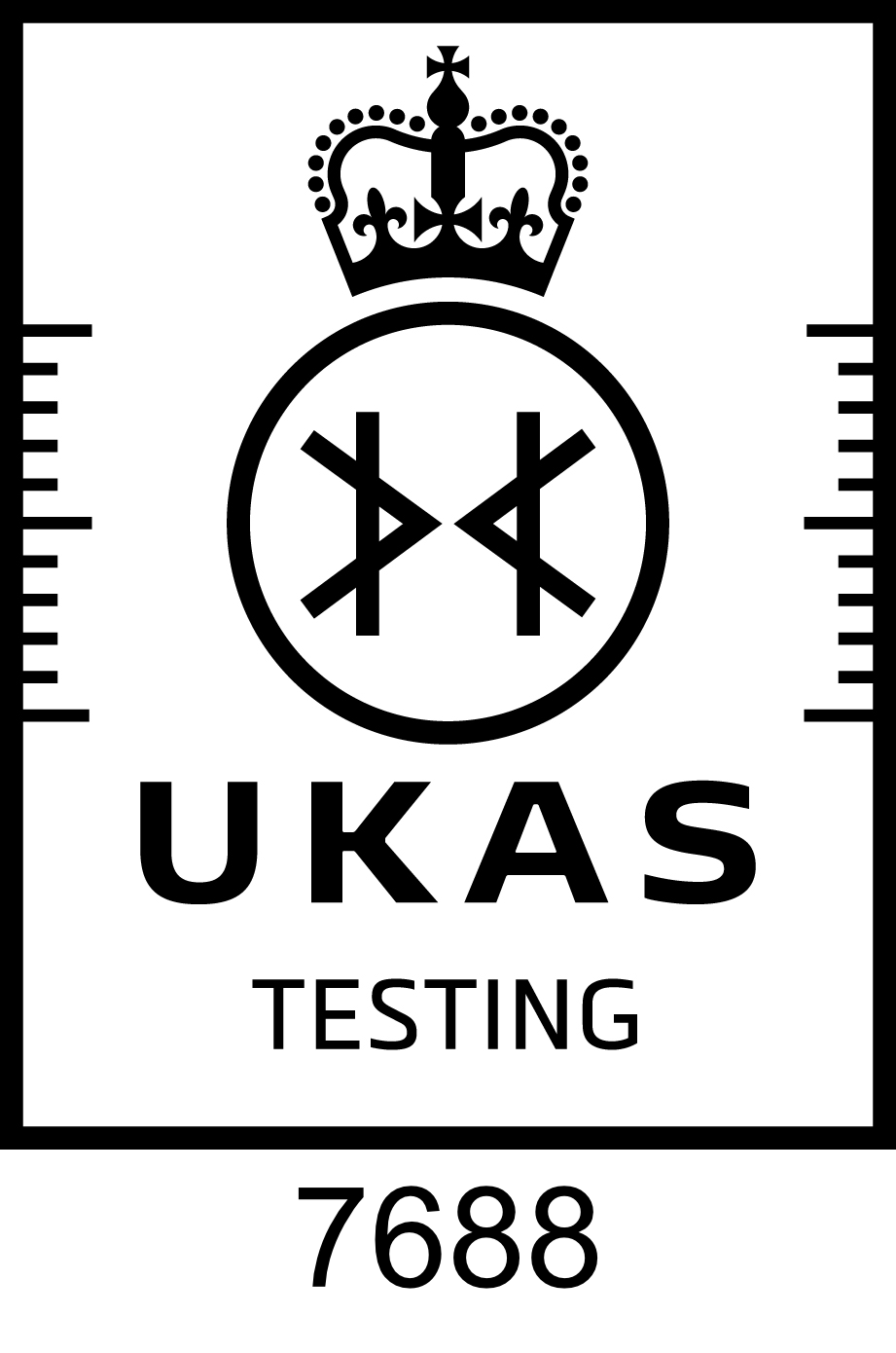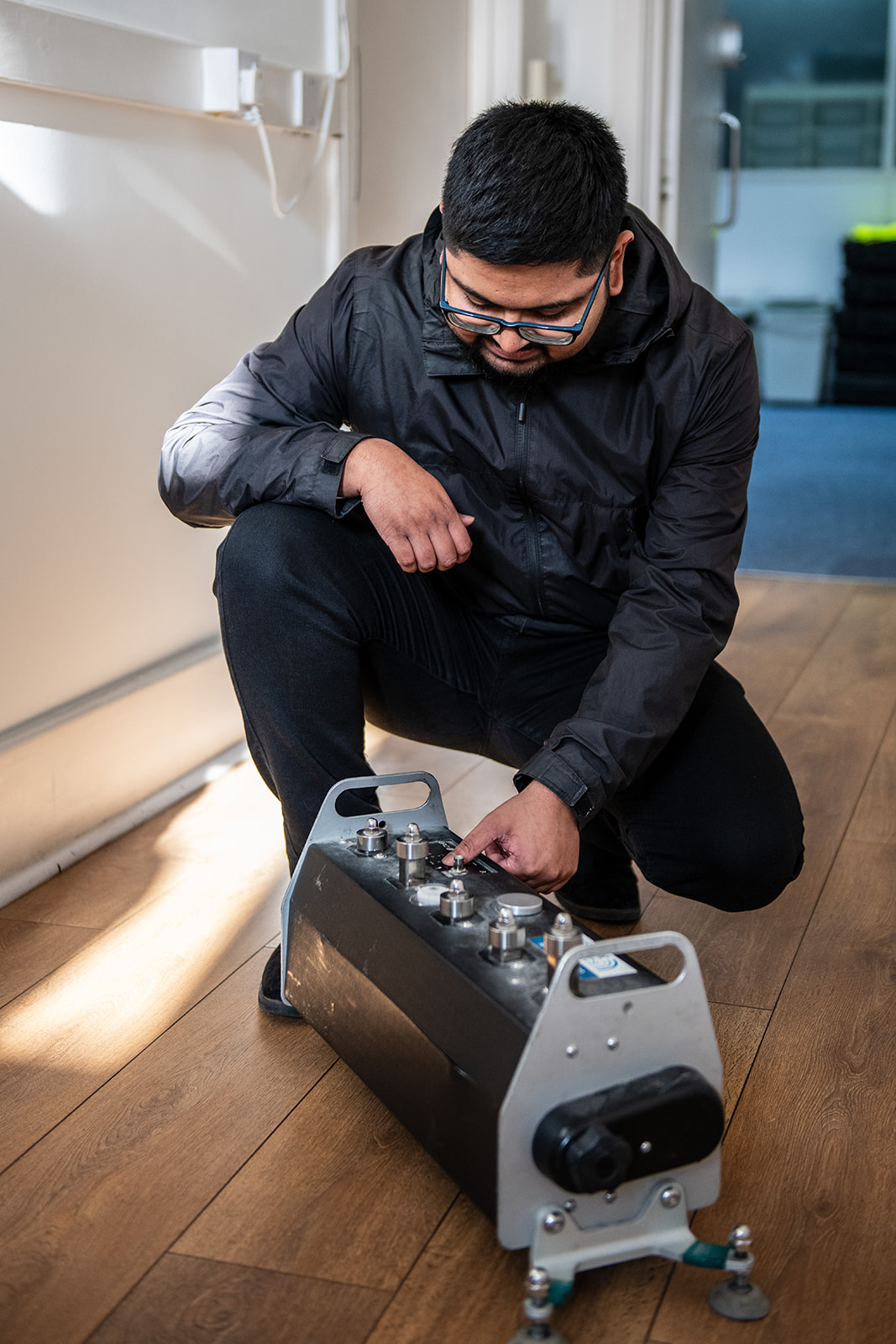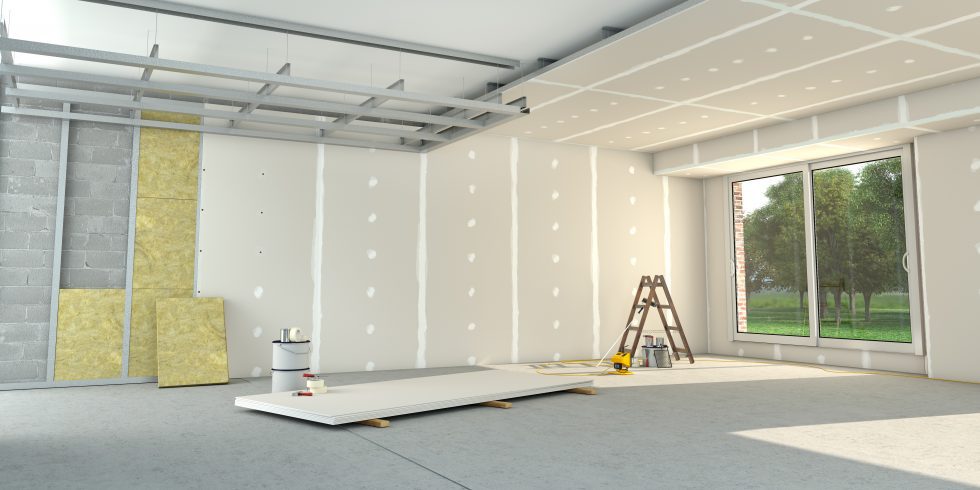Sound Insulation Testing
Our acoustic consultants in London and Manchester are all fully trained to carry out UKAS-accredited sound insulation testing nationwide. All our sound test engineers are fully trained and test under our UKAS-approved quality manual. Our UKAS-accredited laboratory number is 7688.
Sound insulation testing assesses the performance of party elements, i.e. separating walls and floors, between residential dwellings. There are two types of sound insulation test:
- Airborne Sound Insulation Testing—An airborne noise test assesses the performance of separating wall and floor elements due to noise transmitted through the air, such as conversations between people or television noise.
- Impact Sound Insulation Testing – An impact noise test assesses the performance of separating floors due to noise transmitted through impact, such as footsteps on the floor above.
Our Sound Insulation Testing Services
At Clement Acoustics, our fully qualified team provide airborne sound tests and impact sound tests for residential dwellings across the UK. Our technicians use a tapping machine to assess acoustic performance and any sound transmission.
A full set of acoustic testing comprises the following:
- 2 airborne wall tests
- 2 airborne floor tests
- 2 impact floor tests.

When is Sound Insulation Testing Needed?
Part E (2003) of the Building Regulations Approved Document E stipulates that sound insulation tests should be conducted in all residential developments that involve party elements (walls and/or floors). This applies to all new-build or converted residential developments in the UK, where a minimum sample of 10% of properties require sound insulation testing.
Part E also requires sound testing for any material change of use development, i.e., a conversion that creates adjoining dwellings and rooms built for residential purposes, e.g., hotels or university halls of residence.
Testing flats and terraced or semi-detached houses for sound insulation performance is a Building Regulations requirement that we can assist with through our qualified and helpful engineers.
Is UKAS Accreditation Needed?
Approved Document E states:
‘Sound insulation testing to be carried out by a test body with appropriate third party accreditation. Test bodies conducting should preferably have UKAS accreditation (or a European equivalent)…’

What are Building Regulations Requirements?
Approved Document E requires that a full set of tests be carried out in one out of ten new-build dwellings, assuming the same wall and floor construction details are adopted throughout the scheme. More testing may be required if there are multiple construction types.
Approved Document E performance criteria between dwellings are as follows:
| Design Criteria | ||
|---|---|---|
| Element | Airborne | Impact |
| Floor | DnT,W + Ctr ≥ 45 dB for new build DnT,W + Ctr ≥ 43 dB for change of use |
L‘nTW ≤ 62 dB for new build L‘nTW ≤ 64 dB for change of use |
| Wall | DnT,W + Ctr ≥ 45 dB for new build DnT,W + Ctr ≥ 43 dB for change of use |
– |
Approved Document E design criteria for party elements
Approved Document E also requires that the sound insulation between dwellings and non-domestic spaces be designed and built to suitably control noise transmission. Therefore, the use of any non-domestic space adjacent to the dwelling will need to be considered and assessed appropriately. For example, the separating element between a dwelling and a nightclub will likely need to be significantly more robust than between a dwelling and a library.

What Site Conditions are Required?
It is recommended that sound insulation testing is carried out at the earliest stage of your development. However, the following site conditions are required so that sound insulation testing can be carried out:
- Windows and trickle vents should be fully installed
-
Wall, floors and ceilings should be completed
-
Doors, including internal doors, should be hung
-
Skirting boards should be installed
-
Building services should be installed with penetrations to separating elements suitably treated
-
Sockets and switches should be installed
-
Carpets and other soft floor coverings should not be installed
-
Access is required to either side of the separating element
-
There must be quiet site conditions when the testing is carried out.
Why Choose Clement Acoustics?
Quick turnaround time
Helpful team of qualified acoustic engineers
Competitive rates
